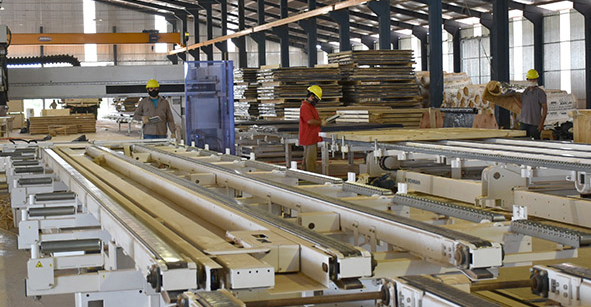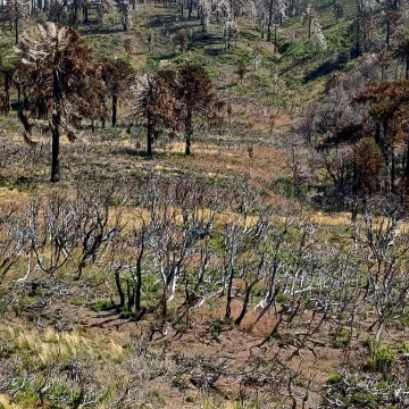
Industry is the appropriate tool to promote social development
The post-pandemic world will be remembered as the most important instance of reflection in modern social history, a time from which humanity will have to rethink its uses and customs to tend towards a better quality of life.
Almost all forms of work were aggiornated and the industry was not immune to this trend. New protocols shaped all areas, the emergence of other forms of production was observed, and a period of strengthening and sustained growth is looming for the industry itself.
The world will require full operation to make up for lost time, and societies in general hope to achieve in the short term -at least- levels of employment similar to those of the beginning of the pandemic, with the virtues inherent in this way production: quality employment, wealth distribution and better living standards.
In this general framework, this September 2 "Industry Day" (date that commemorates the first Argentine export, carried out in 1857) can serve to highlight the importance of our activity for modern societies. A country with a strengthened industry guarantees less dependence on the fluctuations of international commodity prices; attracts investment, stimulates development, the incorporation of technologies and exports; consolidates the domestic market; generates wealth and improves its distribution; promotes quality employment, its formality and permanent training; and increases salary levels, among other virtues.
For this reason, industry is the most effective tool to promote social development, and the indicated engine to boost the internal economy, generating wealth, employment and inclusion for the population as a whole.
This consideration does not apply only to the local level. A report by the United Nations Industrial Development Organization (UNIDO) -an organ created within the UN to promote and accelerate industrialization in developing countries- demonstrates “how the industrialization process is directly and quantifiably related to a better quality of life".
The entrepreneurial spirit - the basis for all initiatives, even industrial ones - requires the convergence of various factors. The resource for the necessary investment, the vision of the opportunity and the productive efficiency to improve competitiveness are the first to emerge in the collective imagination, but it is also essential to have a suitable framework that encourages the project. In this regard, the role of the State becomes essential, both when establishing the necessary conditions and generating the most agile and dynamic channels for the development of the proposal: legal security, fiscal stability, updated legislation and clear rules. are some of them.

IT MAY INTEREST YOU
 They promote research in pine resins from the NEA
They promote research in pine resins from the NEA
The forestry industry is one of the most important sectors in the economies of Misiones and Corrientes. Thousands of hectares of pine supply the paper, pulp, boards and sawmill industry. Pinus elliottii, one of the species established in the region, in addition to providing wood, is used to produce resin, a non-wood forest product with high demand in the chemical, pharmaceutical and cosmetic industries. In 2\024, resin extraction of approximately 52,6\0\0 tons was achieved from approximately 18,\0\0\0,\0\0\0 trees in production, generating income and jobs with high expansion potential.
 Specialists from 10 provinces develop forest landscape restoration strategies throughout the country
Specialists from 10 provinces develop forest landscape restoration strategies throughout the country
The program is developed by researchers from INTA, Conicet and the Argentine Wildlife Foundation.
 Free seminar on the implementation of the European EUDR regulation on deforestation-free wood products
Free seminar on the implementation of the European EUDR regulation on deforestation-free wood products
The Argentine Forestry Association (AFoA) organizes the seminar «EUDR in Forest Products: Current status of implementation. Regulatory requirements and private experiences", which will take place on Wednesday, November 26, from 11:00 a.m. to 12:00 p.m., via Zoom, with live streaming on YouTube. The European Regulation on Deforestation-Free Products (EUDR) will enter into force on December 31, 2025 and will impose new requirements for forest products entering the European Union market.





















